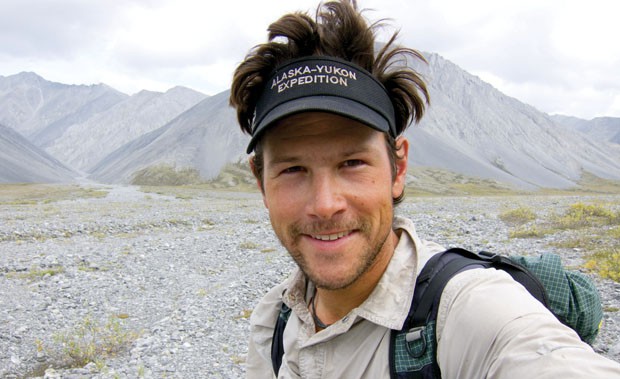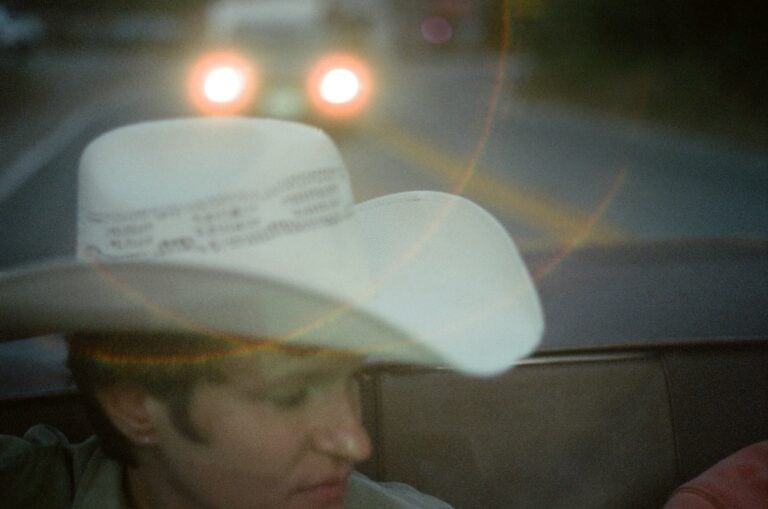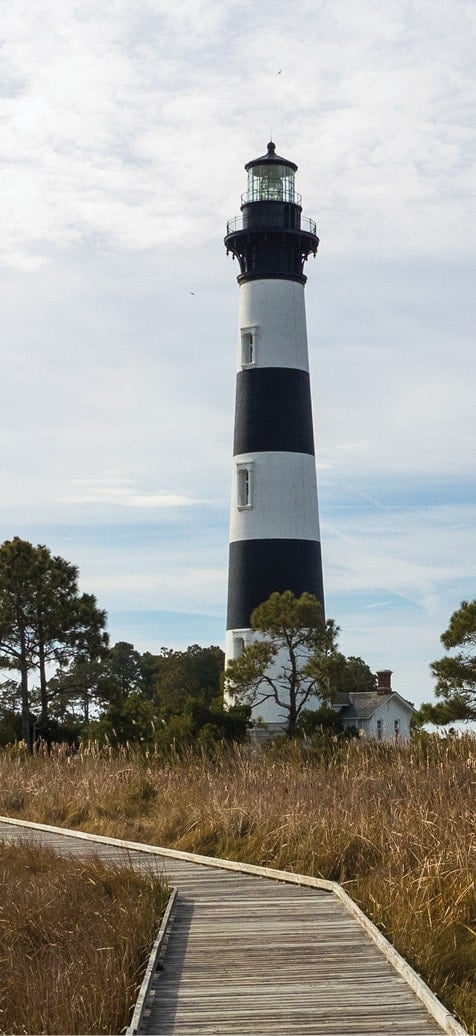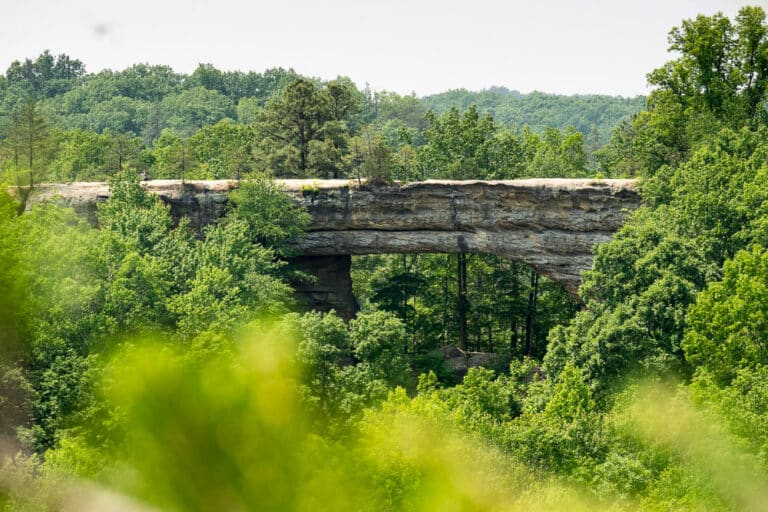Andrew Skurka has hiked more than 30,000 miles.
Andrew Skurka is one of the few people who can claim backpacking as an occupation. The Duke University grad is a professionally sponsored hiker who bushwhacks in the backcountry instead of pencil pushing in an office.
Skurka’s obsession with backpacking started with a thru-hike of the Appalachian Trail. Since that initial jaunt, he has completed the 7,775-mile, 11-month Sea-to-Sea Route, which connects a string of long-distance trails between the Atlantic and Pacific Oceans, and the 6,875-mile Great Western Loop—a circuit around nine states that includes 12 national parks and 75 wilderness areas.
Most recently, Skurka completed a six-month Alaska-Yukon Expedition, which covered 4,680 miles, largely off-trail, through some of the most rugged uncharted terrain in the world. More impressive, the outspoken ultra-light packing advocate completed the journey with just 10 pounds on his back. At age 30, he has covered more than 30,000 miles on his adventures.
Since his last big trip, Skurka penned a book, The Ultimate Hiker’s Gear Guide, which offers advice on maximizing experience while keeping pack weight down.
“Like a lot of kids at Duke, I was Wall Street-bound. I spent two years working at a camp in Brevard and that opened my eyes to the outdoors. After completing the Appalachian Trail, I gradually became more ambitious about taking my life in this direction. I’m able to make a living as an adventurer because I don’t have a mortgage, wife, and kids. I’ve made choices that allow me to maintain a lifestyle that is simple and inexpensive. If I spent as much money as a normal 30 year old, I would not be able to live this way. My lifestyle has always been motivated by what’s keeping me happy. I’ve chosen not to give myself too many distractions, responsibilities, or excessive stresses. It’s important to me to be able to sleep on the ground for four or five months out of the year, and by keeping things simple, I’ve been able to make that happen.”
“The alone factor has always come down to: how many friends do I have who are willing and able to take these kinds of trips with me? The answer is none, so by default I go alone. I’d rather do that than force a hiking partner. It won’t end well.”
“Most of these trips are so engaging that I really don’t ever have to worry about entertaining myself. On the Alaska trip, 2,100 miles was off-trail, so I was constantly looking at my map, avoiding the thickest brush, and trying to figure out the landscape. I wasn’t on trails with long sections to put my brain on autopilot. If the adventure is interesting enough, you constantly have something to think about.”
“Picking a favorite adventure is like asking which one of your children you love the most. When I look for a trip, I’m looking for something that’s going to challenge me and force me to use the skills I’ve acquired on past trips in a more extended way. I don’t know if I’ll ever be able to top the impressiveness of the Alaska-Yukon Expedition. I skied the first 1,200 miles and started with 25-degree-below-zero weather. I had daily run-ins with grizzly bears and traveled through areas that no one has traveled through since the Klondike Goldrush. It was epic in so many ways.”
“A lot of backpackers don’t have the knowledge that will allow them to best enjoy long-distance hiking. I used to be one of them. When I started the Appalachian Trail in 2002, I went out there with very conventional gear—a big seven-pound suspension pack, a double wall tent, and a thick self-inflating sleeping pad. By the first hill climb, I realized my full pack was killing me. I figured out how to make hiking fun by lightening my pack. It took a lot of skills to make that happen—learning about different types of fabrics and creating clothing and shelter systems that were both versatile and adequate for the conditions I’m facing.”
“A heavy pack is a function of not knowing enough about an upcoming adventure. People shouldn’t be packing for ‘what if’ or ‘just in case’ situations. People should give themselves the knowledge to make appropriate choices to be safe and comfortable, yet traveling in a way that doesn’t make hiking such a chore.”
“I don’t have a next big adventure to reveal yet. Between writing the book and starting a guide business, I’ve been busy in different ways. Taking eight people into the wilderness at a time has been a new type of challenge. I also just celebrated my one-year anniversary with my girlfriend. Turning 30 and being in a long-term relationship has me rethinking things, but I don’t think I’m totally ready to give up the transient life.”








